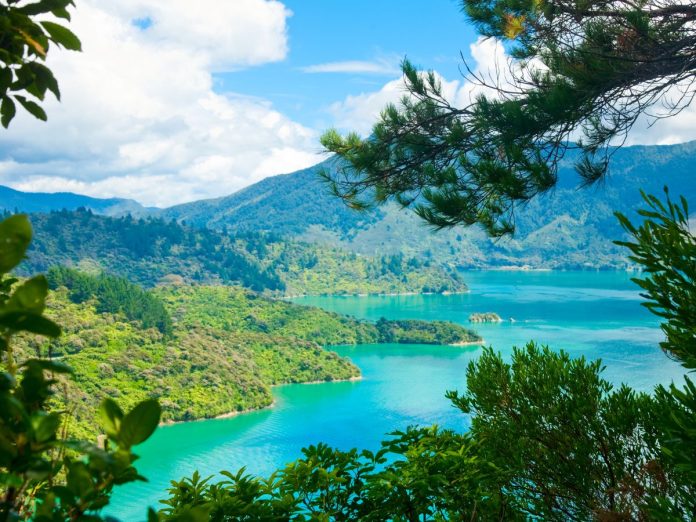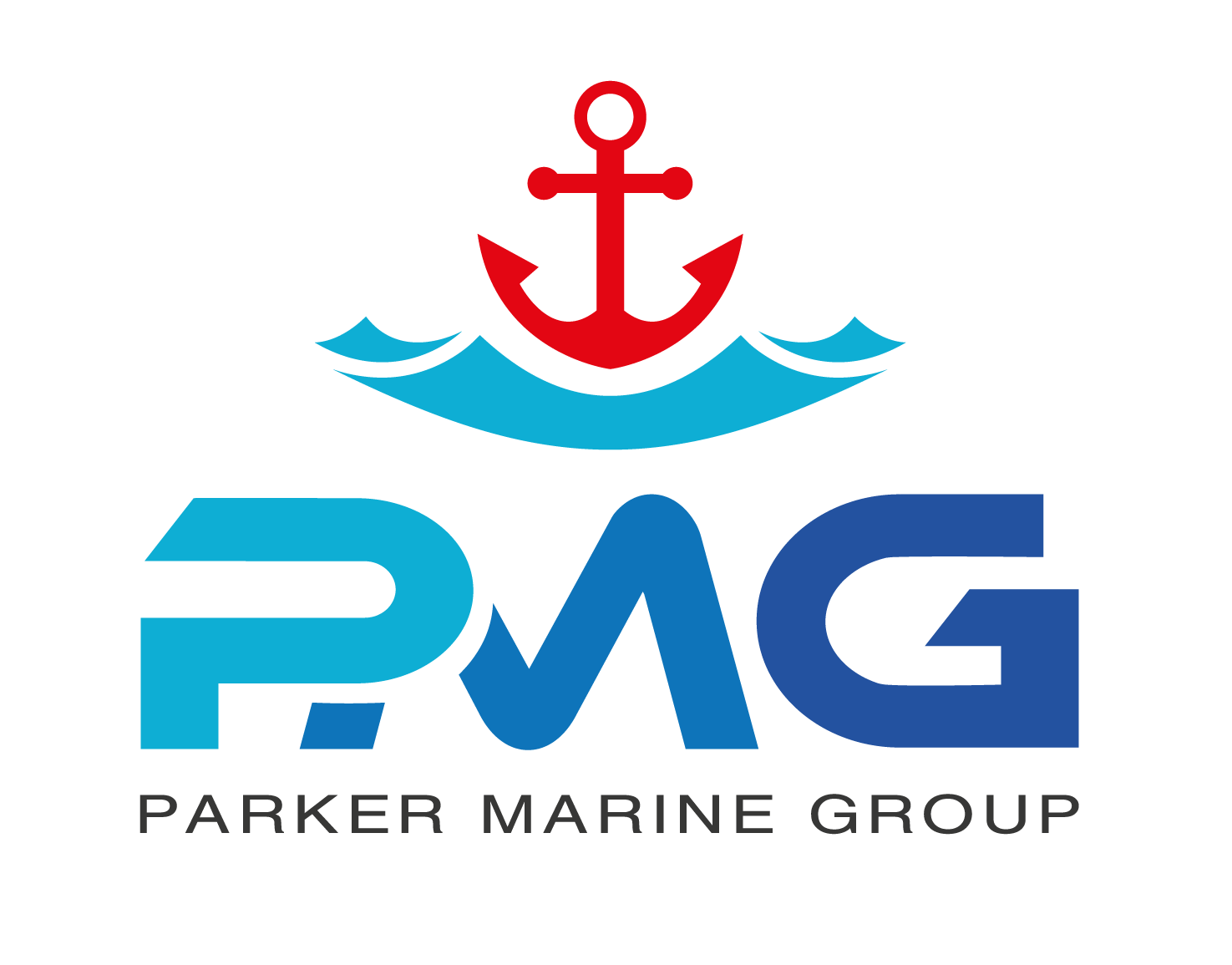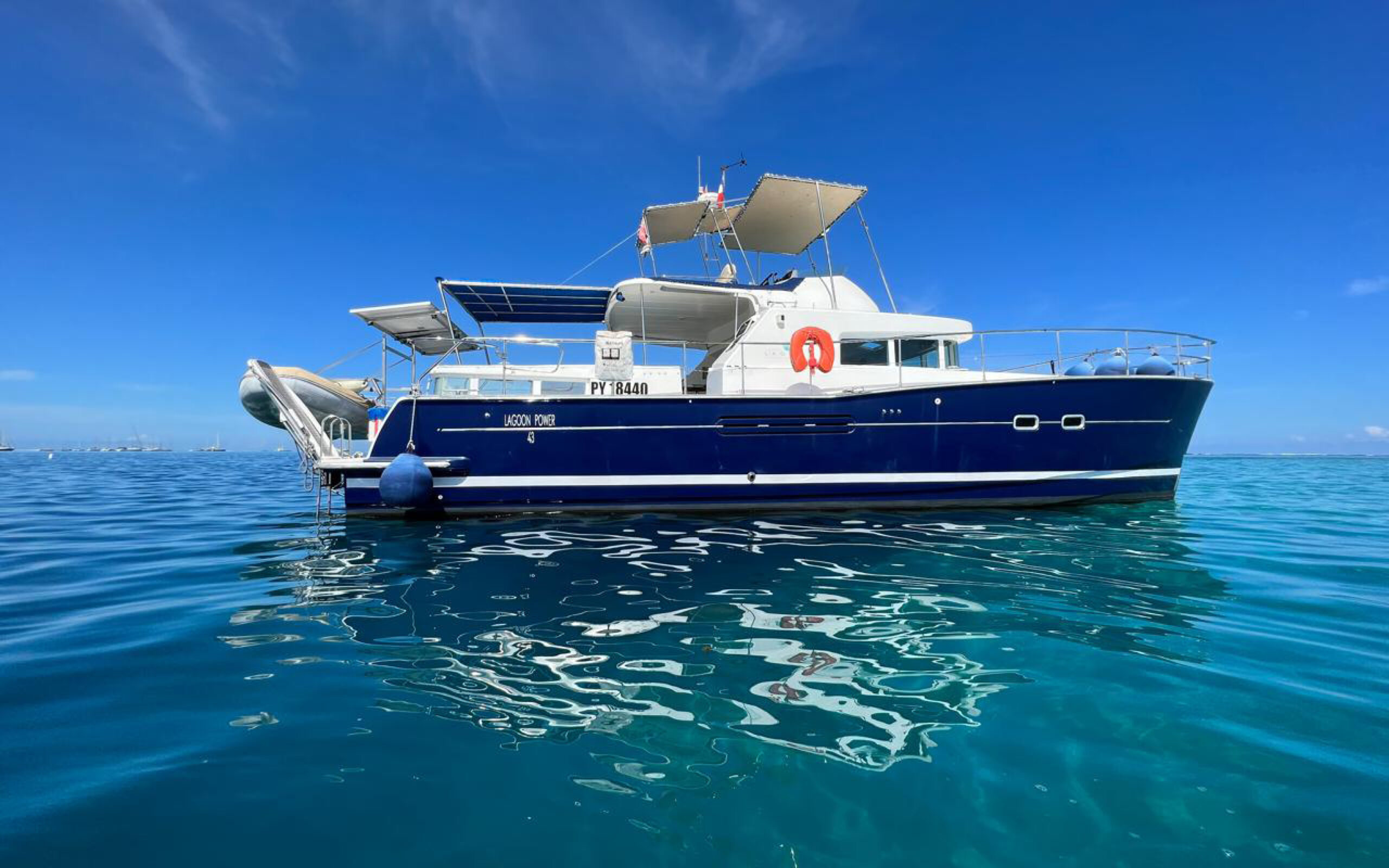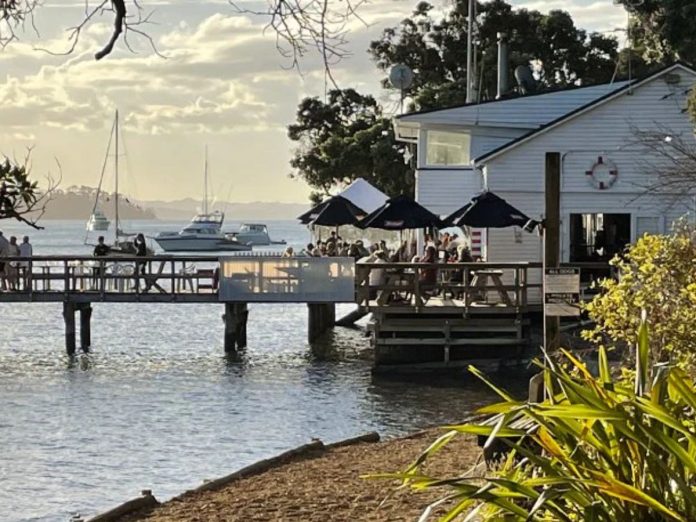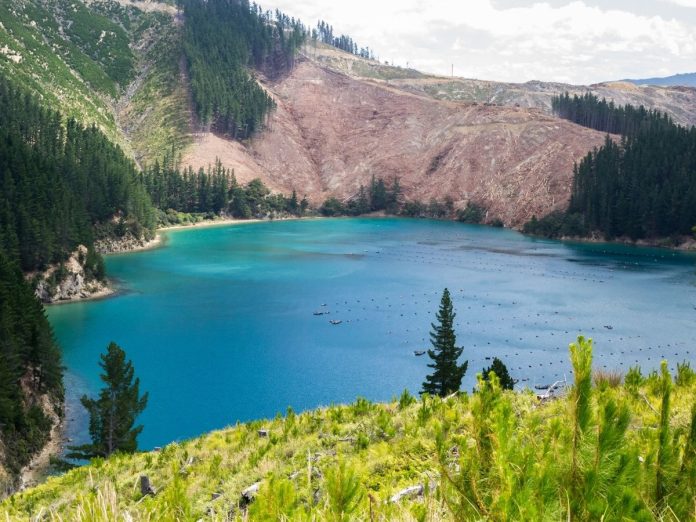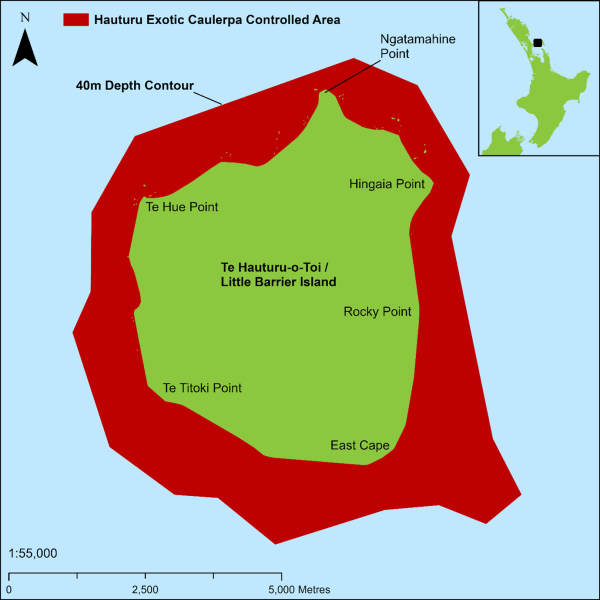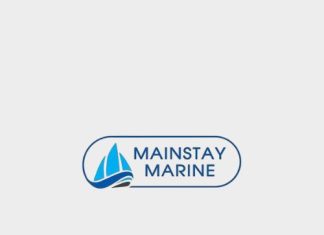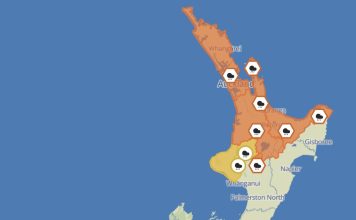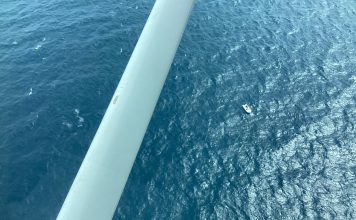With its deep, branching waterways, native bush, and remote anchorages, the Marlborough Sounds offers a peaceful escape in winter. While most visitors flock in summer, those who venture here off-season are rewarded with calm anchorages, crisp mornings, and dramatic light. It’s a hidden gem for adventurous yachties, trailer boaters, and trawler cruisers alike.
Getting there
If you’re already in New Zealand, it’s a straightforward journey. Trailer boats can access the Sounds via Picton, Havelock, or Waikawa marinas—all within driving distance of inter-island ferries from Wellington. Motor yachts and sailboats can cross Cook Strait from Wellington or cruise up from Kaikōura or Nelson.
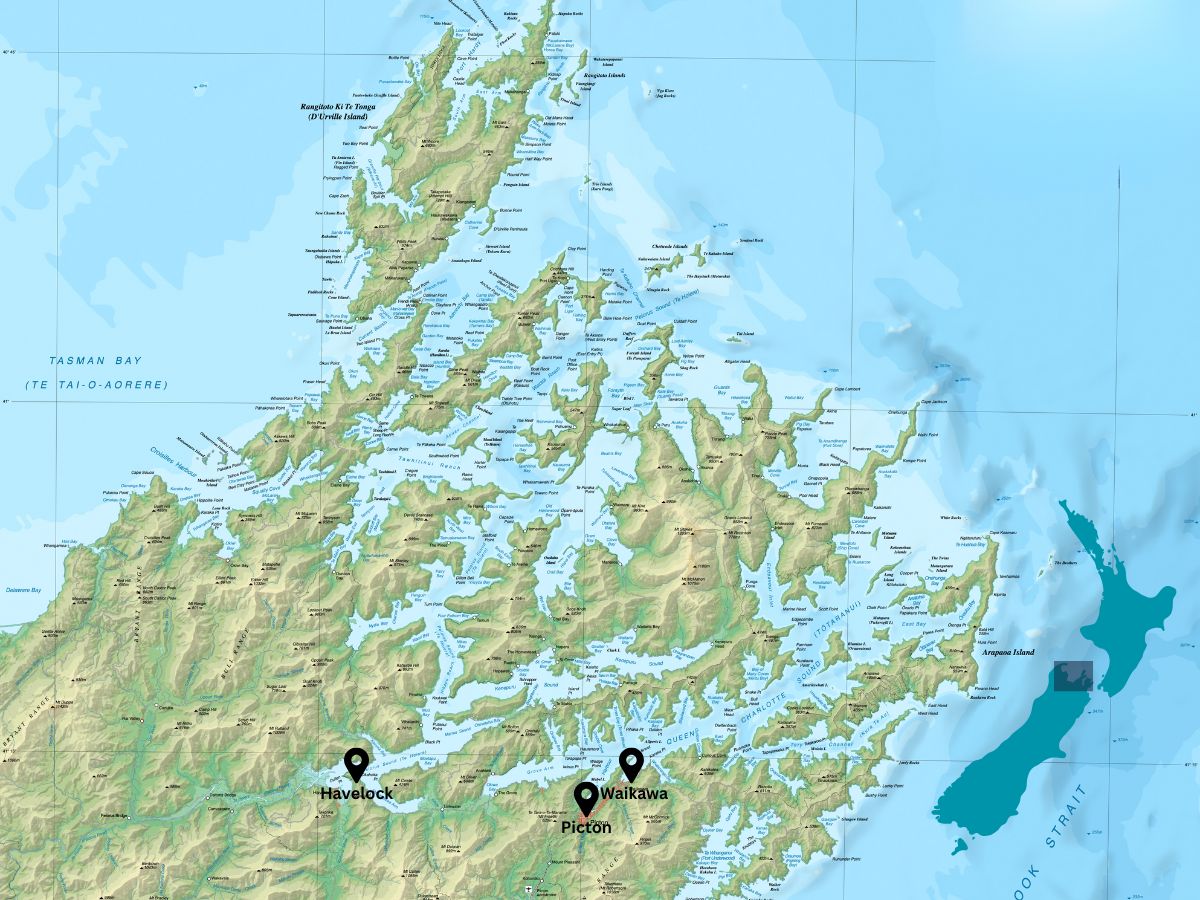
For overseas visitors, the nearest international airport is Wellington, with domestic connections to Blenheim. Australians can fly into Christchurch or Auckland, then connect to Blenheim. Those from the Cook Islands or further abroad should plan to clear customs in Auckland or Christchurch, then travel onward. Charter options are available locally.
If you’re bringing your own boat you will need to first register at Opua in the far North. Here is the information you’ll need.
What to see and do
The Marlborough Sounds is a haven of drowned river valleys—Queen Charlotte Sound/Tōtaranui, Pelorus Sound/Te Hoiere, and Kenepuru Sound—each offering distinct experiences for boaties.
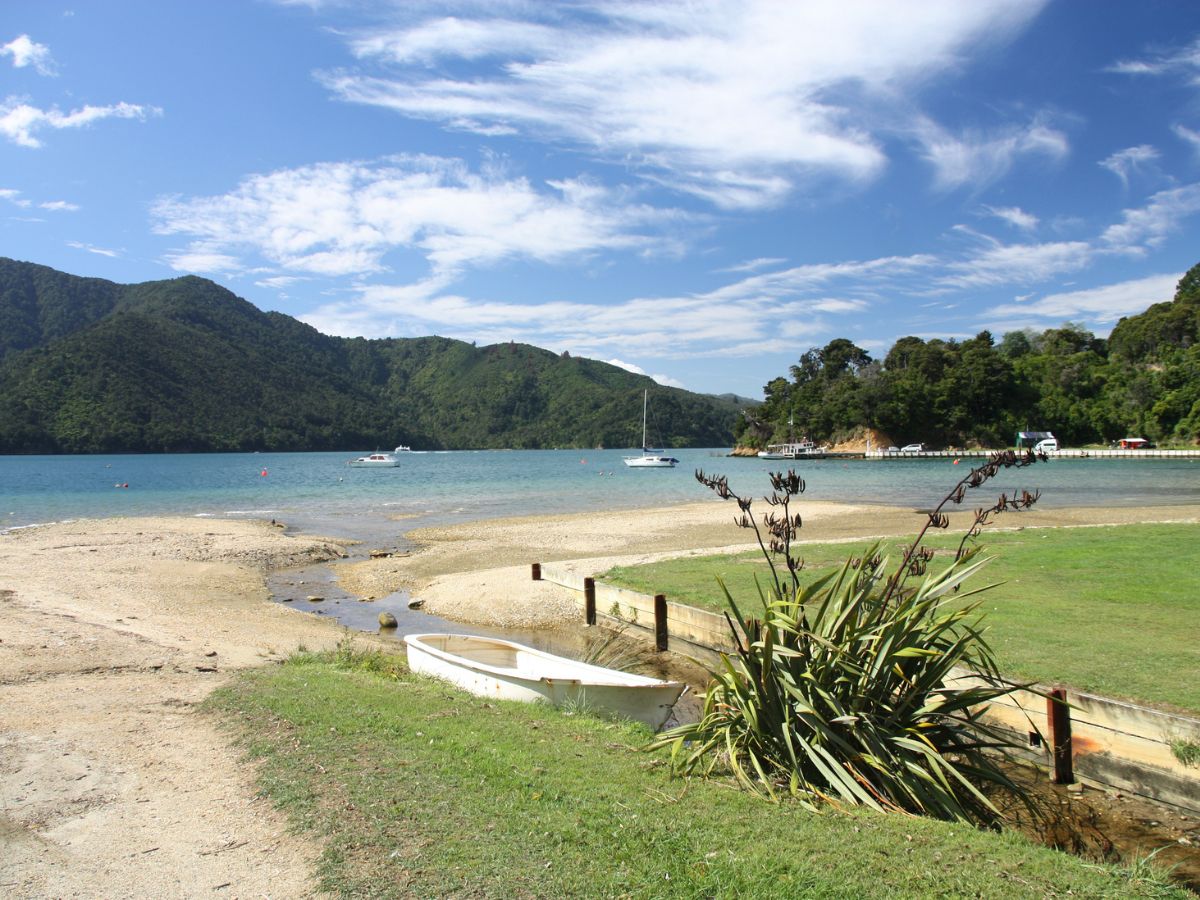
Start your adventure in Queen Charlotte Sound. Picton is the main hub, offering provisioning, fuel, and access to shops and cafes. From there, cruise east past Mabel Island to Kaipupu Point Wildlife Sanctuary. Keep an eye out for dolphins, stingrays, and little blue penguins.
Venture further to Ship Cove/Meretoto, a historic site visited frequently by Captain James Cook. There’s a well-maintained DOC jetty and walking tracks that lead inland. Winter visitors will enjoy solitude here, with fewer tour boats around.
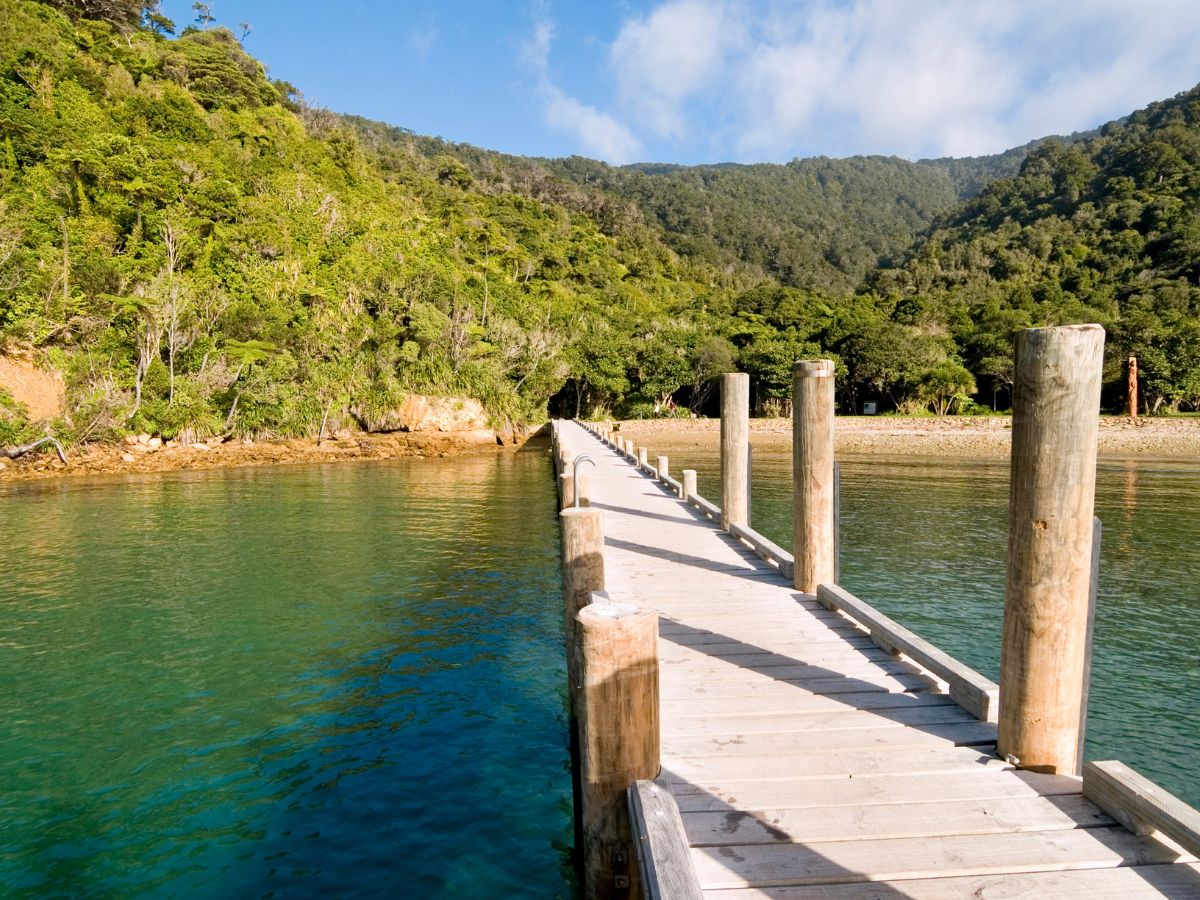
Lochmara Lodge, accessible only by boat, is another standout. It offers moorings, an underwater observatory, wildlife centre, and art trails. Some facilities may operate on reduced hours in winter, so call ahead.
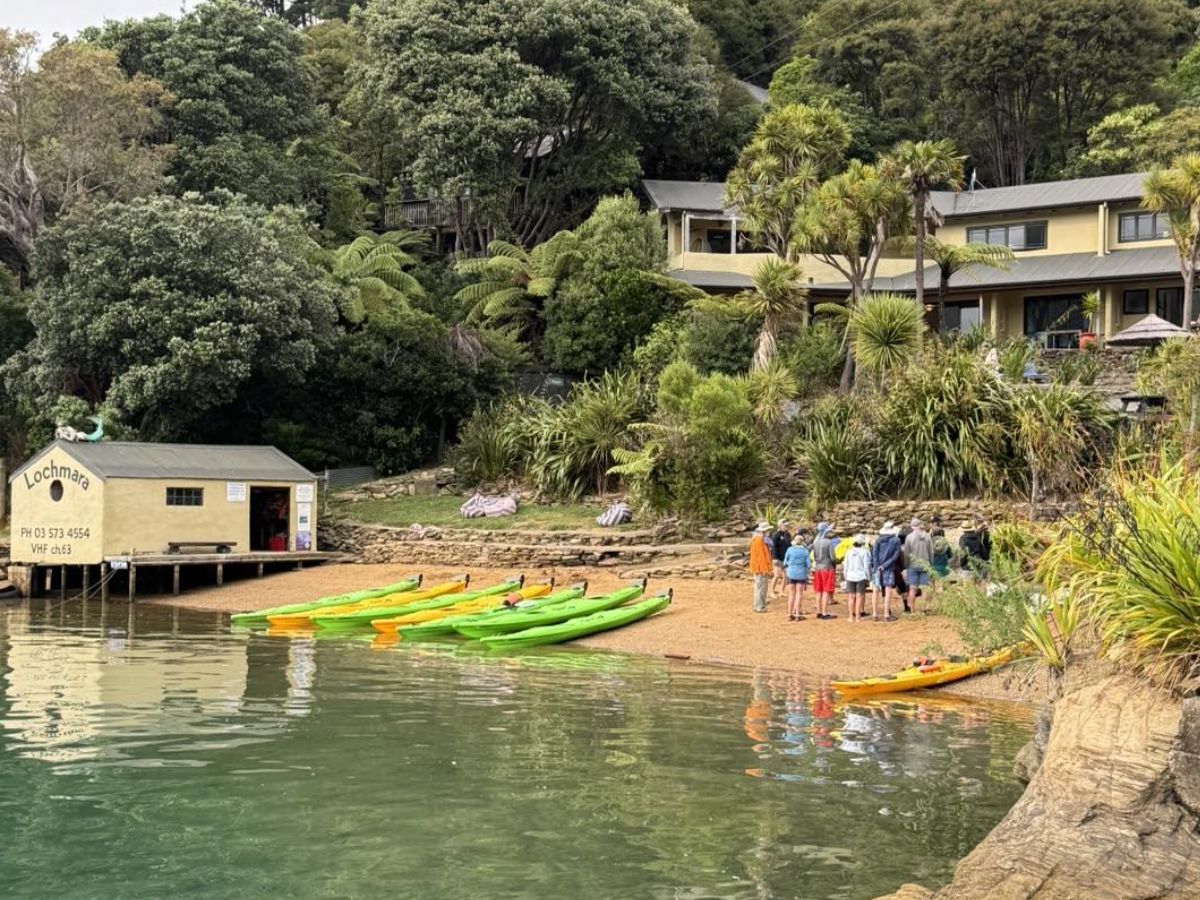
In Kenepuru Sound, consider stopping at Portage Bay. A short walk over the saddle links you back to Queen Charlotte Sound—an ideal detour for hikers or those exploring by tender.
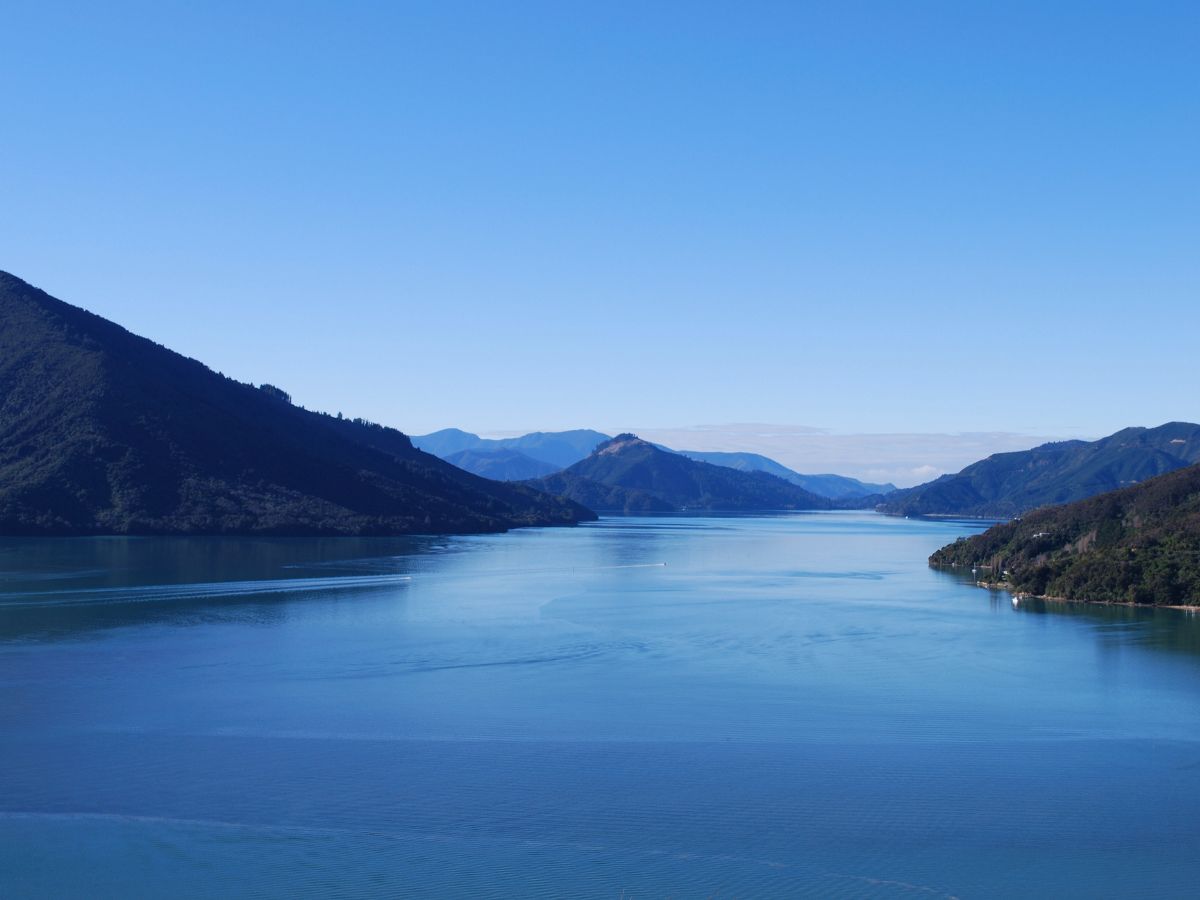
Pelorus Sound is quieter still. Cruise to Tennyson Inlet for a back-to-nature experience. Nearby Duncan Bay is picturesque and well-sheltered, perfect for overnighting. The area is rich with birdlife, including tūī, bellbirds, and kererū.

D’Urville Island at the western edge of the Sounds offers rugged beauty and remote anchorages. Catherine Cove is a popular spot, home to The Wilderness Resort with meals and accommodation available to visiting boaties by arrangement.
Fishing is a favourite pastime year-round. Blue cod and snapper are common, but check local regulations. Diving, bush walks, and photography also reward the winter cruiser.
Where to anchor
The Sounds are famous for their well-protected anchorages. Endeavour Inlet and Resolution Bay in Queen Charlotte Sound are excellent overnight spots. Both offer swing moorings and good holding.
In Pelorus Sound, Nydia Bay is a boatie’s favourite—sheltered from most winds and surrounded by forested hills. Alternatively, check out Tennyson Inlet or Clova Bay. All offer calm, scenic conditions and relatively easy access.
Kenepuru Sound is shallow in places, so navigate with care, but offers excellent shelter from southerly winds.
Local infrastructure boaties rely on
Picton and Waikawa are the main marine service centres. Waikawa Marina, one of the largest in the country, offers haul-out facilities, chandlery, engineering services, and fuel. Picton has a smaller marina and convenient town amenities.
Havelock Marina services Pelorus Sound and offers similar facilities, including a travel lift, showers, and laundry. Blenheim, a short drive inland, is the nearest place for major supplies or repairs.
Water taxis (like the Picton Water Taxis) and barge services operate throughout the Sounds, providing options for logistics and supplies. Mobile coverage is patchy in places, so carry VHF and update your charts.
Local boat clubs, such as the Waikawa Boating Club, offer hospitality, moorings, and winter cruising events.
What to watch out for
Navigating the Sounds can be tricky with narrow passages, strong tidal flows, and submerged hazards. Winter fog can reduce visibility, particularly in the early mornings. Depths vary considerably—keep a close watch on your sounder and updated charts.
Marine farms are common, especially in Pelorus Sound, and should be given a wide berth.
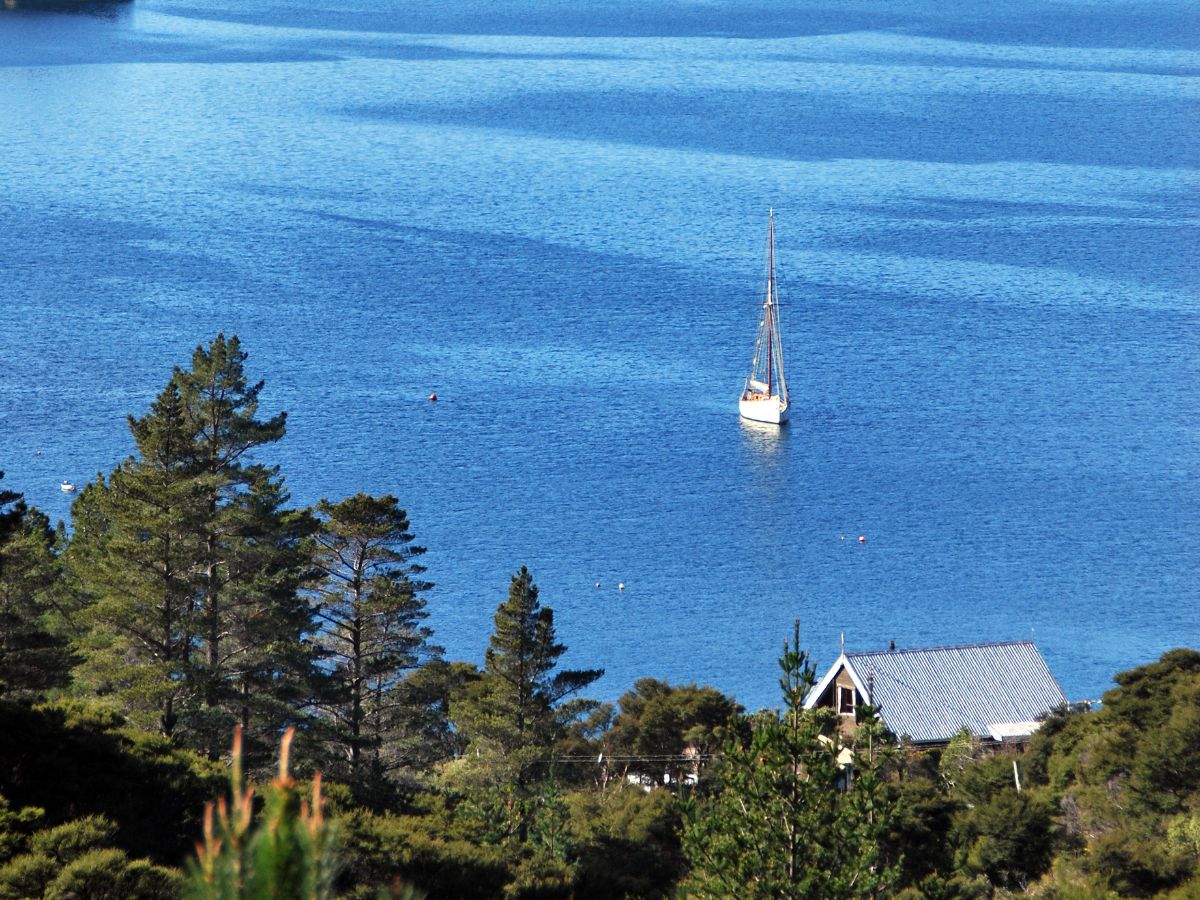
If the weather turns
Seek refuge in sheltered bays like Double Cove, Nydia Bay, or Catherine Cove. All offer excellent protection from prevailing winter winds and are safe places to ride out a blow while enjoying the tranquil surroundings.








